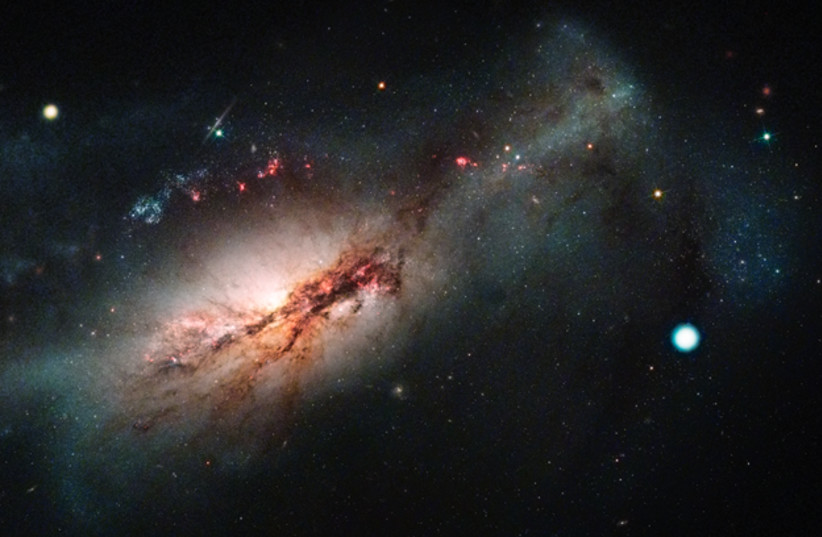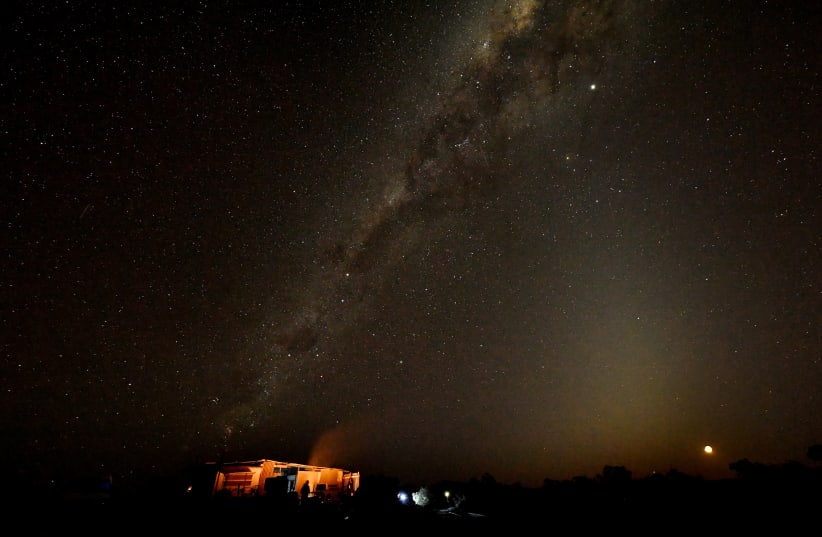The movement of some 10,000 galaxies and clusters of galaxies was traced throughout a span of 11.5 billion years by astronomers from the Hawaii Institute for Astronomy, University of Maryland and University of Paris-Saclay.
The peer-reviewed study, published this week in Astrophysical Journal, sought to calculate galaxy paths by using a mathematical technique called the numerical action method.
By factoring in the physics of the Big Bang Theory and observing the current brightness and positions of galaxies, as well as their motion away from the Earth, the astronomers managed to calculate and trace the galaxies' motions within 350 million light-years.
As part of the research, the astronomers explored several regions of deep space, including the "Great Attractor," the core of the Laniakea supercluster.
The Laniakea supercluster is a massive cluster of galaxies that includes the Milky Way. Galaxies in this supercluster can be seen flowing toward a location within a nest of four rich clusters.


Another region explored is the nearby Perseus-Pisces filament of galaxies, which stretches for nearly a billion light-years, making it one of the largest known structures in the observable universe. The Virgo Cluster, another adjacent cluster, was also studied due to its proximity.
Using the numerical action method, the future orbits and paths of galaxies can be projected.
"We are bringing into focus the detailed formation history of large-scale mass structures in the universe by reverse-engineering the gravitational interactions that created them," said University of Maryland's Ed Shaya.
